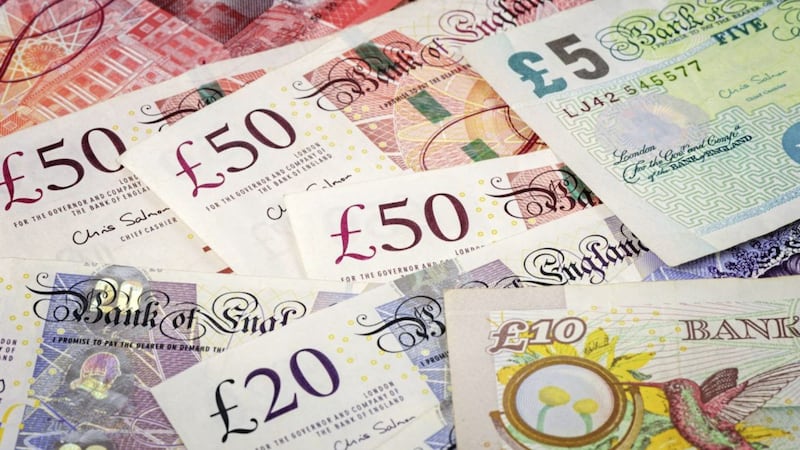QUESTION: My business is performing well and it has built up some cash reserves. I am considering using money from my own company to build up a personal share portfolio. It is my intention to pay the company back from profits I make on the stock market. Rather than take additional dividends or salary I might borrow the money from my company. What are the tax implications?
ANSWER: There are three potential taxes to consider when looking at how director loans work; Section 455 tax on the overdrawn loan (corporation tax), higher rate tax on a dividend (self assessment) and a benefit in kind on a directors loan (PAYE).
Any loans to directors (and shareholders) outstanding at the balance sheet date (your company’s period end) have to be disclosed in the accounts and on the company tax return.
If they are not repaid within nine months of the accounting period end then the company will pay extra corporation tax of 32.5 per cent of the loans taken out after April 6 2016 (or 25 per cent on loans taken before April 6). This extra 32.5 per cent is repayable to the company by HMRC when the loan is repaid to the company.
Co-incidentally this is the same rate as a higher rate dividend would be, but the difference is that S455 tax is reclaimable, whereas personal tax on a higher rate dividend is not (because the loan has to be repaid whereas you can keep the dividend).
You should avoid repaying a loan and then taking it out again soon after as it’s an obvious avoidance tactic HMRC call bed & breakfasting. They will see through it and tax it as if it had never been repaid.
If you intend to take a loan then consider the date of the loan in order to get the maximum time before repayment becomes due. Borrowing money on the first day of your company year will give you 21 months, whereas borrowing money on the last day of your company year will give you just nine months.
Dividend income falling within the higher rate tax band are taxed at 32.5 per cent (2017/18 tax year). This can be mitigated to some degree if you make personal pension contributions or donations to charity, as they both increase your basic rate tax band and therefore allow more of your dividends to fall into the basic (non-taxed) rate band. Careful planning of the exact date the dividend is payable can also help to spread dividends across tax years.
Any interest free, or low interest loans, over £10,000 will result in a taxable benefit in kind, and you’ll pay tax on the deemed value of any interest you’ve saved. Keep in mind this is the total value of money you owe the company, so if you take a loan of £10,000 and then overpay your wages by £100 then the loan is £10,100 and it becomes taxable. There is no benefit in kind if you pay interest to the company at 3.25 per cent or above.
Loans can be a useful tool to bridge the timing gap between when cash is required and the taxable date for dividends. If you are likely to require cash towards the end of the tax year, and a dividend would be subject to high rate taxes, using a loan to provide cash and then repay that loan with a dividend in the later tax year may postpone or remove the high rate liability.
:: Malachy McLernon (m.mclernon@pkffpm.com) is a director of PKF-FPM (www.pkffpm. com). The advice in this column is specific to the facts surrounding the question posed. Neither the Irish News nor the contributors accept any liability for any direct or indirect loss arising from any reliance placed on replies.








